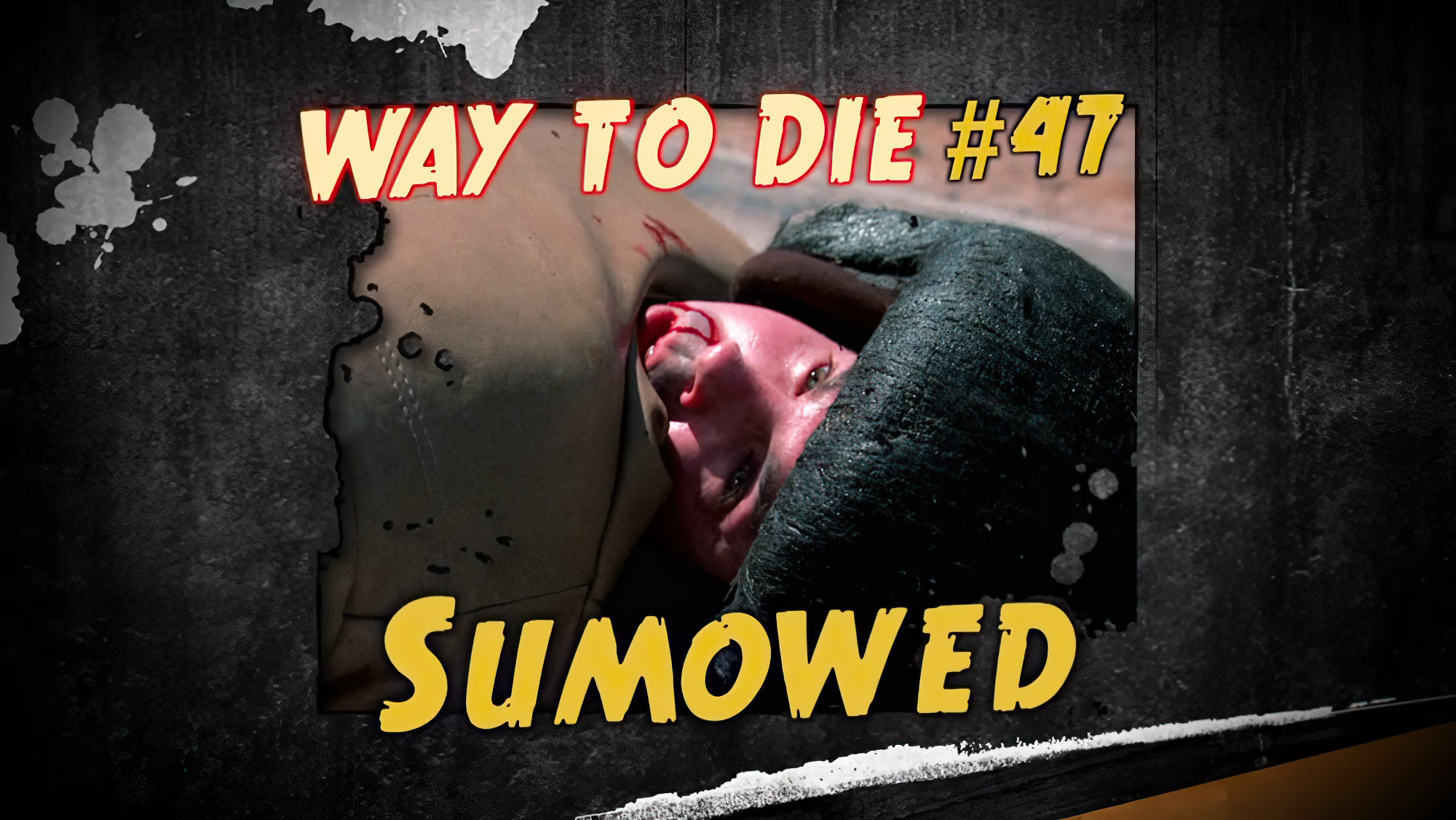
Two million people wandered the country in a futile quest for work. Unemployment had soared to almost 25 percent, leaving roughly one family out of every four without a breadwinner.

In 1932, nearly 32,000 businesses failed.

The Bonus Army would also affect the presidential election of 1932, when the patrician governor of New York, Franklin Delano Roosevelt, squared off against incumbent President Herbert Hoover, widely blamed for the Great Depression then roiling the country. What he could not have seen was that the Bonus Army would help shape several figures who would soon assume larger roles on the world stage-including Douglas A. The Washington Star reported that “One hundred unemployed World War veterans will leave Philadelphia tomorrow morning on freight trains for Washington” and that other vets were converging from as far away as “Portland, Oregon and the Middle West.” The chief was quick to grasp the logistical nightmare he faced. Glassford drove on to Washington.īy the time he got there, morning newspapers were carrying stories about the progress of the Bonus Army. (That year, wrangling over the federal budget had ordained that this compensation be deferred until 1945.) Now in 1932, the men, who called themselves the Bonus Army, were dubbing the deferred payment the “Tombstone Bonus,” because, they said, many of them would be dead by the time the government paid it. The demonstrators were part of a growing delegation of veterans and their families heading to Washington to collect payment of the “bonus,” promised eight years before, in 1924, to soldiers who had served in the Great War. For two weeks or so, newspapers across the nation had begun carrying accounts of marchers bound for the nation’s capital. Glassford, who had been the youngest brigadier general in the Army in World War I, understood almost immediately who these wayfarers were. Atop one of the marchers’ pushcarts, he noted, an infant girl lay sleeping, nestled amid one family’s clothes, oblivious to the ruckus. Suddenly, a sight appeared in his headlights that he later described as “a bedraggled group of seventy-five or one hundred men and women marching cheerily along, singing and waving at the passing traffic.” One man carried an American flag and another a banner that read, “Bonus or a Job.” Glassford pulled over to have a word with the ragtag group.

Glassford was driving south through New Jersey the night of May 21, 1932.


 0 kommentar(er)
0 kommentar(er)
